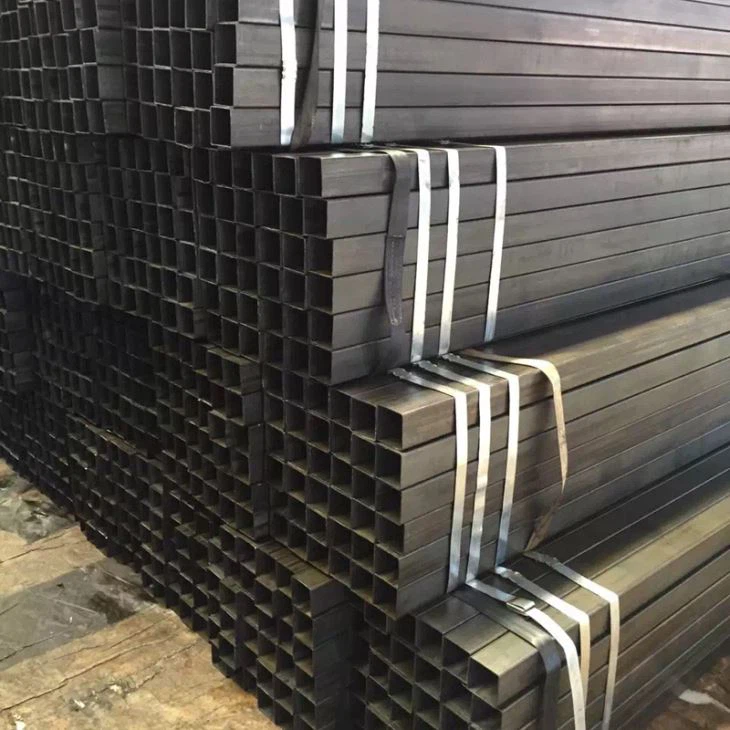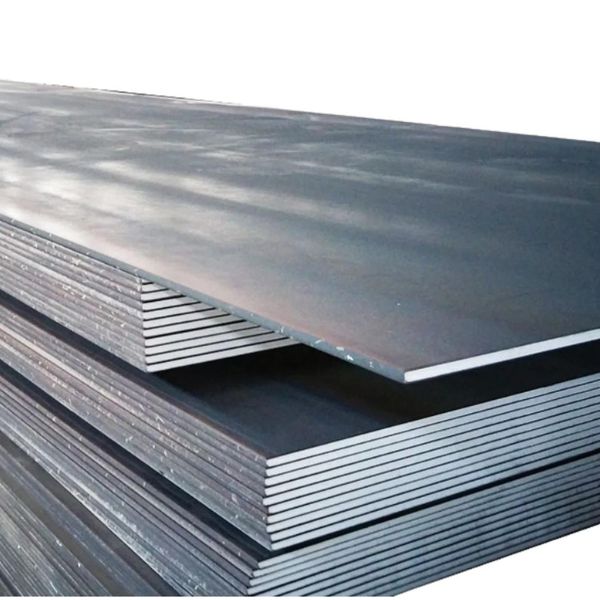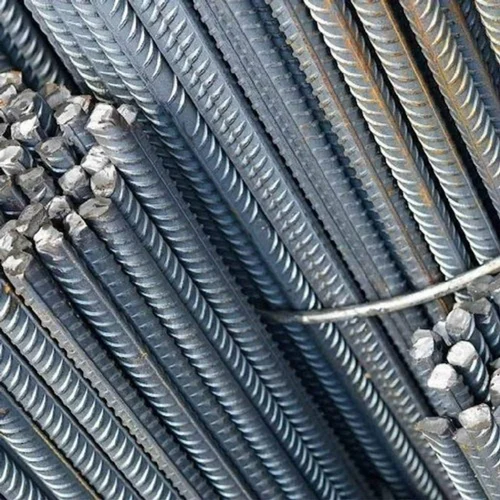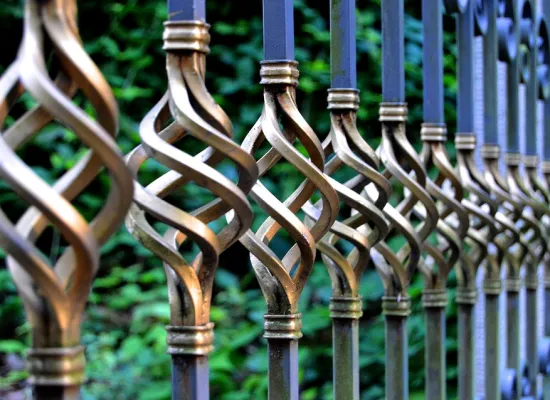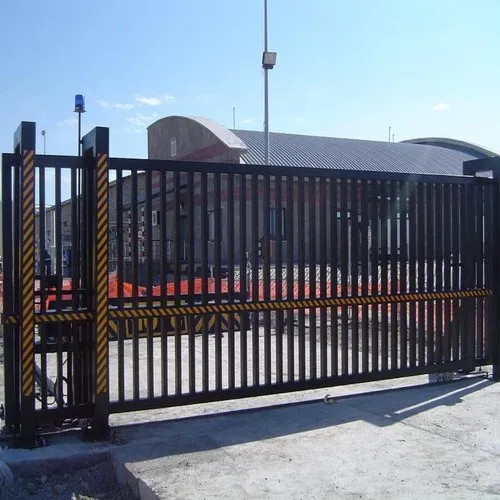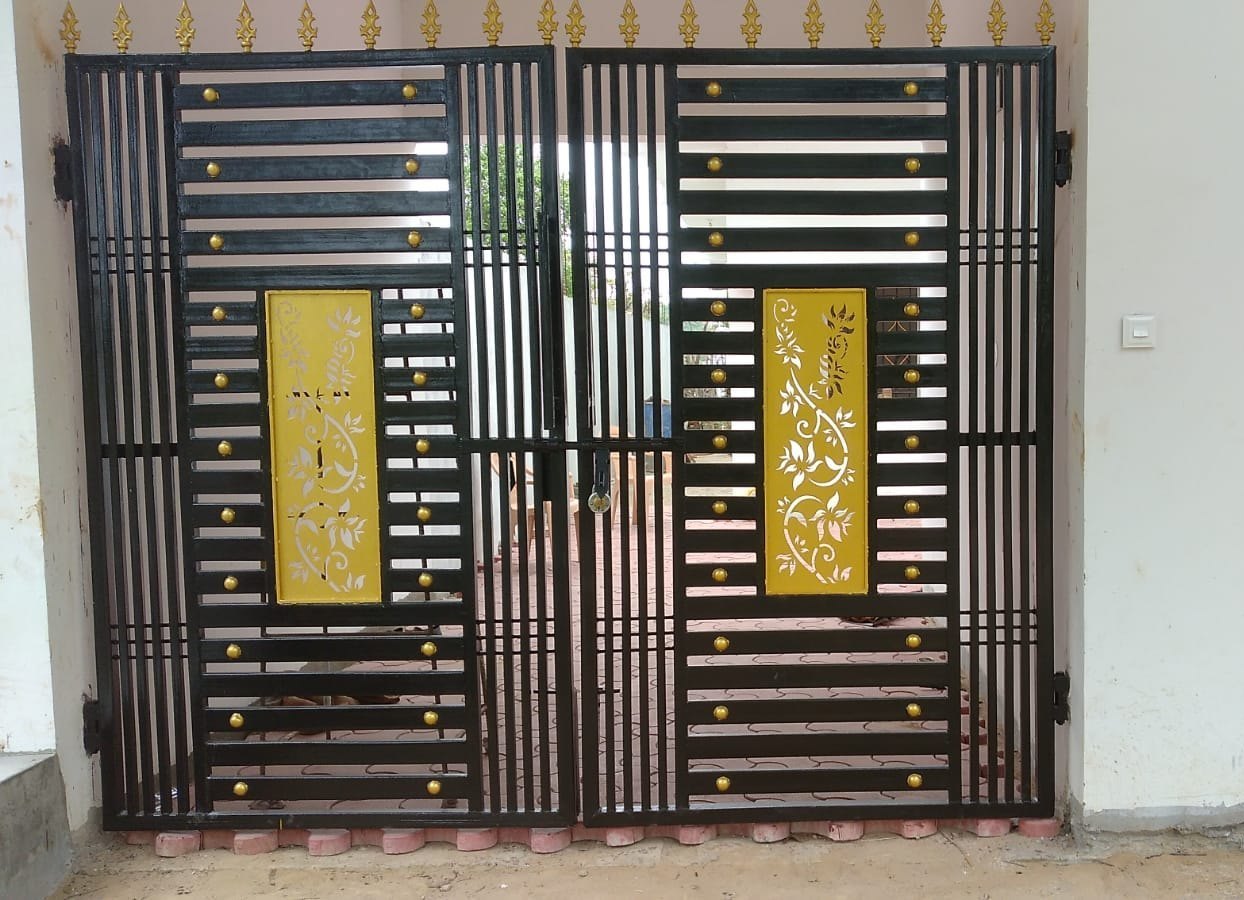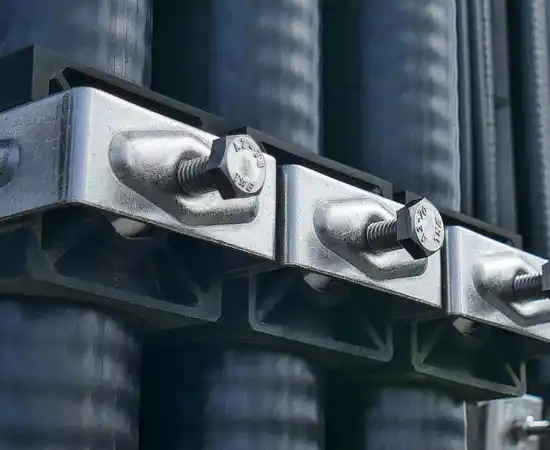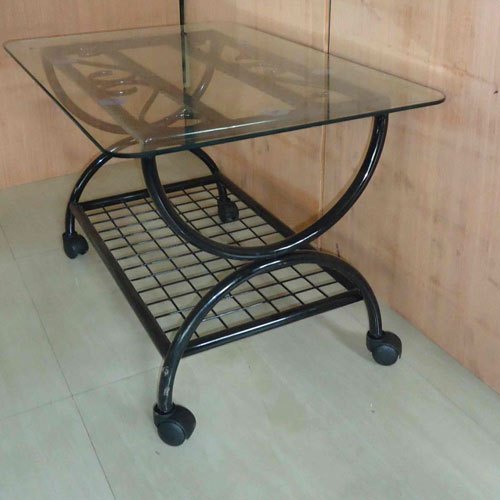About Wrought Iron Mild Steel
Wrought iron and mild steel are both essential materials in construction and manufacturing. Wrought iron is known for its elegance and malleability, making it ideal for decorative purposes like gates and railings. Mild steel, on the other hand, is a versatile and strong material used extensively in structural applications due to its durability and cost-effectiveness.
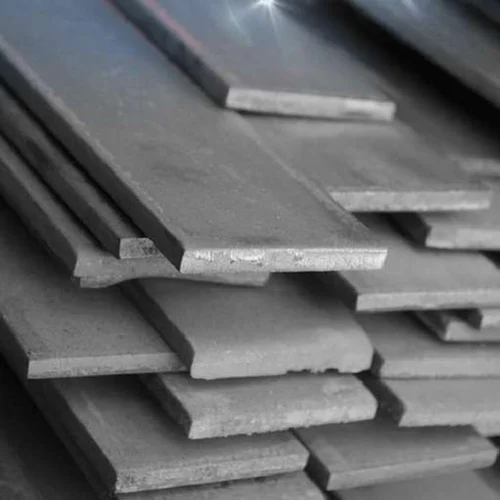
- Wrought iron is an iron alloy known for its low carbon content, making it tough and malleable.
- It has been historically used for ornamental purposes, crafting intricate designs in gates and fences.
- Mild steel, in contrast, is a stronger and more versatile material with a higher carbon content.
- Mild steel is widely employed in construction and manufacturing due to its durability and cost-effectiveness.
- While wrought iron adds elegance to decorative items, mild steel offers structural strength in buildings and machinery.
- Choosing between them depends on the specific application's requirements for either aesthetics or structural integrity.
